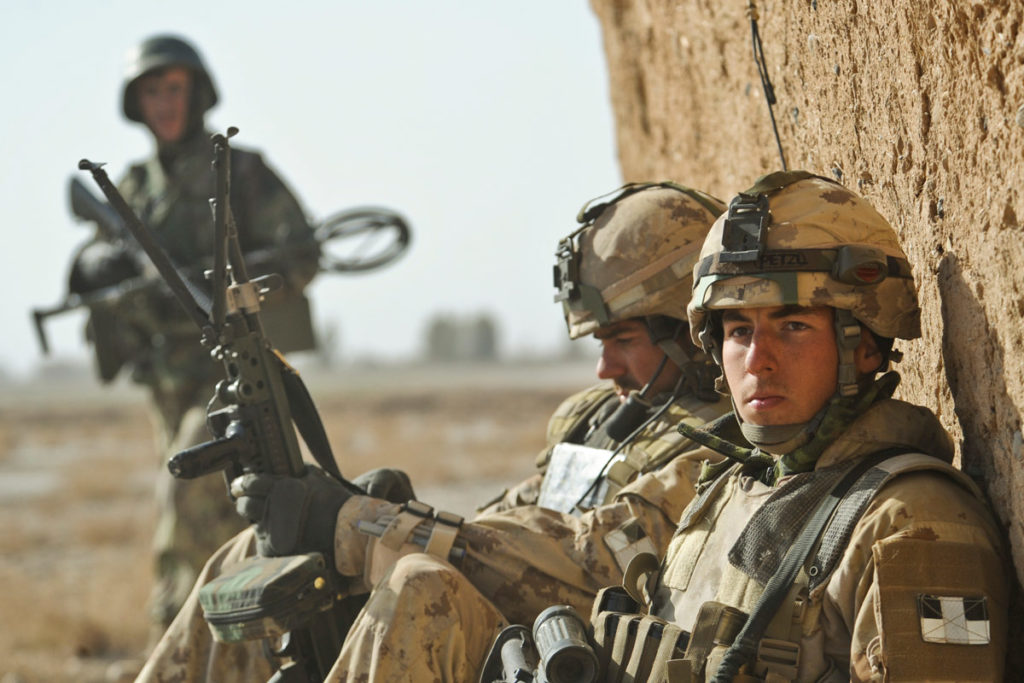
More than 15,000 coalition soldiers and 50 helicopters converged on the small city of Marjah and surrounding farmland, a hub for the Taliban and the opium poppy production that supports them.
The idea was to oust the Taliban and drug lords, win over the local population, reintegrate local government and persuade farmers to replace poppies with farm crops and give them the stability to do so.
“This is the ultimate kind of goal for us,” helicopter wing commander Col. Jeff Smyth said in an interview with CTV. The air attack was the biggest mission for the Canadian Armed Forces’ Kandahar-based air wing.
Before the attack, the local population was warned of the coming battle. Many were able to sneak out and flee to safety in defiance of the Taliban’s order to stay put. The insurgents used civilians as human shields during the fighting.
The warning also gave insurgents a heads-up and time to sow the roads with improvised explosive devices (IEDs) and the countryside with land mines. “This is possibly the largest IED threat NATO has ever faced,” said U.S. General Larry Nicholson.
Troops arrived by air, seizing landing sites so more could be transported in. Breacher vehicles, which can destroy roadside bombs, led the ground attack into Marjah on Feb. 13. Troops detoured around a mined overpass, crossing over a canal using portable aluminum bridges. Among the troops was a battalion from the Afghan National Army, supported by 30 Canadian mentors.
Canada provided three Chinook and four Griffon helicopters and 60 CAF members whose mission was to transport 1,100 coalition troops to clear the Taliban out of the nearby town of Nad Ali.
Operation Moshtarak was officially declared over on Dec. 7, but fighting would continue for years as Afghanistan was unable to set up a stable government in Marjah.
By nightfall, it was reported the coalition was in control of the centre of Marjah, but sporadic and fierce fighting followed for days. Troops, including Canadians, searched door-to-door for weapons and insurgents, always on the lookout for booby traps.
The Afghan flag was raised over the bazaar in Marjah on Feb. 18, while a major fight broke out south of the city. Sporadic firefights continued throughout the rest of the year.
Operation Moshtarak was officially declared over on Dec. 7, but fighting would continue for years as Afghanistan was unable to set up a stable government in Marjah. The Taliban retook the city and were ousted again in 2019 after four years’ occupation that undid much good work.
The city’s future remains uncertain. Afghan journalists worry if there is no profitable alternative to poppy production, the people may choose Taliban rule. The country is now in economic crisis and poppy production is attractive to corrupt politicians and police; Afghanistan has produced about 84 per cent of the global opium supply over the past five years.
Advertisement












